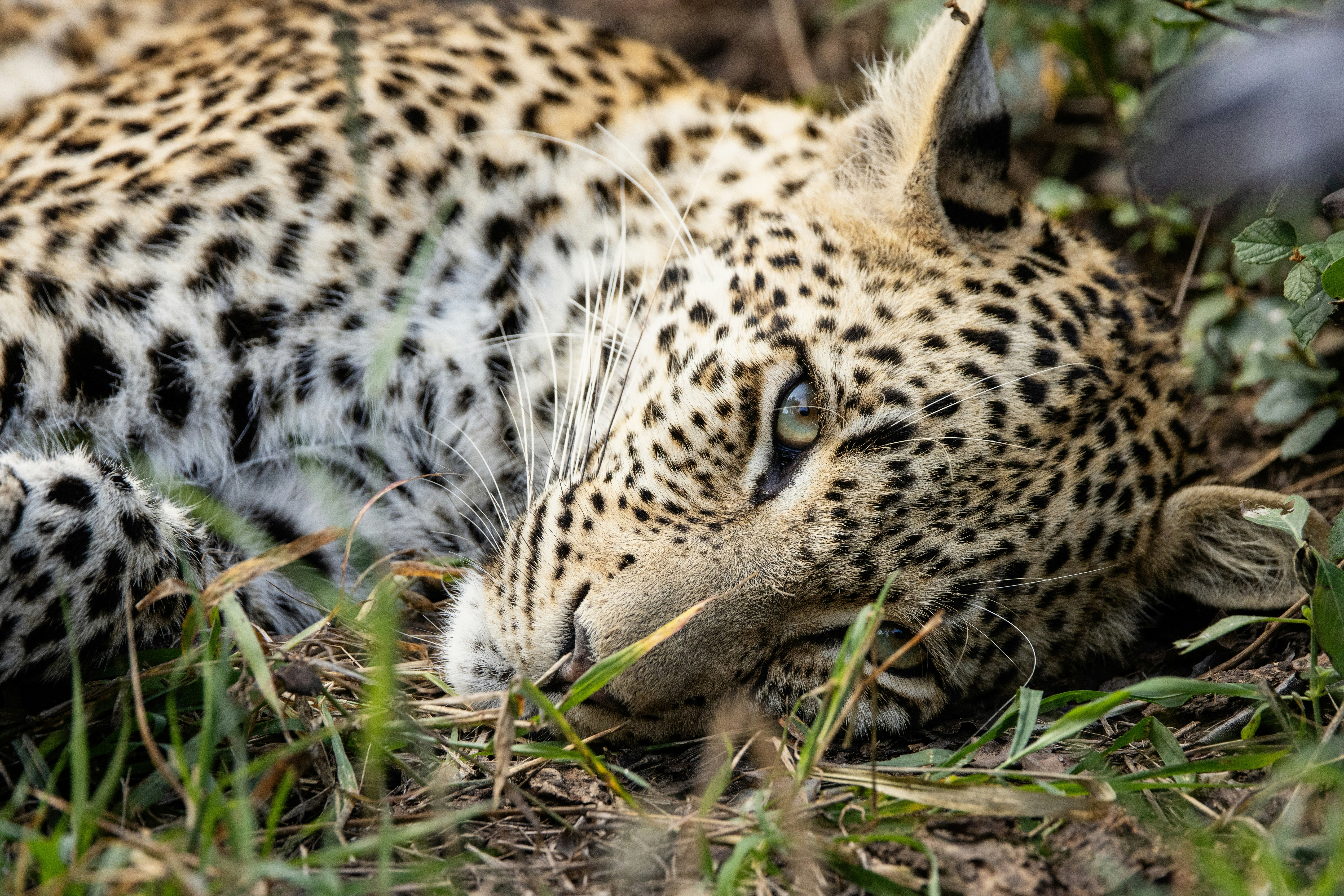
Wildlife habitat conservation is essential because it sustains biodiversity, which refers to the variety of life on Earth. Forests, wetlands, oceans, and grasslands provide crucial habitats for a diverse array of species, offering them food, shelter, and breeding grounds. These ecosystems enable plants, animals, and microorganisms to interact in ways that support the delicate balance of life.
Without conservation, species lose their homes, leading to population decline and extinction. This disrupts entire ecosystems, creating imbalances that ripple across food chains. Protecting habitats ensures that ecosystems remain strong and resilient, providing the resources species need to thrive. By conserving habitats, we also secure biodiversity, which supports agriculture, medicine, and the natural systems humans rely on every day.
Climate Stability and Environmental Health
Wildlife habitat conservation also plays a vital role in climate stability. Forests absorb carbon dioxide, wetlands filter water, and coral reefs defend coastlines from storms. Each habitat contributes uniquely to environmental health, working as a natural defense system against climate challenges.
When we destroy habitats, we weaken the planet’s ability to regulate its climate. Deforestation, for example, accelerates global warming by releasing stored carbon into the atmosphere. Similarly, drained wetlands make communities more vulnerable to droughts and flooding. Conservation preserves these systems, allowing nature to mitigate climate change while protecting human lives.
Economic Benefits of Conservation
Wildlife habitat conservation is not only an ecological priority but also an economic one. Healthy habitats fuel industries such as agriculture, fishing, and forestry. Pollinators, such as bees and birds, which rely on diverse ecosystems, play a crucial role in global food production. Without them, food security would decline, and economies would struggle.
Additionally, conservation boosts ecotourism, which generates billions worldwide. Tourists visit rainforests, national parks, and coral reefs to experience wildlife in its natural setting. This creates jobs, supports local communities, and drives sustainable growth. Many medical discoveries also originate from wild species, making conservation a valuable investment in future innovations.
Cultural and Emotional Significance
Wildlife habitat conservation preserves more than ecosystems—it also safeguards cultural heritage. Many Indigenous communities see nature as sacred, deeply tied to traditions, values, and identity. Protecting these lands honors their history while allowing cultural practices to endure.
On a personal level, nature nurtures emotional and mental health. Spending time in forests, mountains, or near rivers can reduce stress, improve focus, and foster a sense of peace. Preserving habitats ensures future generations inherit spaces of beauty and inspiration, strengthening humanity’s bond with nature.
The Threat of Habitat Loss
Despite its importance, habitat loss is one of the greatest threats to biodiversity. Expanding cities, industrial farming, logging, and mining continue to consume natural spaces. Oceans face overfishing, pollution, and coral bleaching. These pressures destroy habitats at alarming rates, leaving species with fewer places to survive.
Fragmentation worsens the crisis. Highways, dams, and sprawl divide habitats, isolating wildlife into smaller areas. This reduces genetic diversity, makes species more vulnerable to disease, and increases the risk of extinction. Wildlife habitat conservation matters because without it, both ecosystems and human well-being will collapse under the weight of these losses.
Pathways to Wildlife Habitat Conservation
The good news is that solutions exist. Governments can establish national parks, marine reserves, and protected areas that give wildlife safe spaces to thrive. Restoration projects such as reforestation, wetland recovery, and coral reef rehabilitation also help heal damaged ecosystems. These steps strengthen biodiversity and restore balance to natural systems.
Communities and individuals contribute too. Supporting sustainable products, reducing waste, and participating in conservation programs create lasting change. Local efforts such as tree-planting, clean-up campaigns, and wildlife monitoring demonstrate the power of collective action. Each small step builds momentum for a healthier, more sustainable planet.
Education and Public Awareness
Education is central to practical conservation. Schools, nonprofit organizations, and environmental campaigns can educate people about the importance of conserving wildlife habitats. When communities understand the connection between ecosystems and human survival, they are more motivated to take action.
Public awareness leads to advocacy. Citizens can influence policy by supporting legislation that prioritizes conservation. Advocacy also pushes corporations to adopt sustainable practices. Together, education and awareness foster a culture of responsibility, where wildlife habitat conservation becomes an integral part of everyday life.
A Shared Responsibility for the Future
Wildlife habitat conservation matters more than ever because our survival depends on it. Healthy ecosystems provide clean air, fresh water, fertile soil, and stability in the climate. Without them, humanity risks losing the very systems that support life.
Conservation is a shared responsibility. Governments, businesses, communities, and individuals must work together to protect habitats. By acting now, we can ensure future generations inherit a planet rich in biodiversity and ecological strength. Saving wildlife habitats is not only about safeguarding animals—it is about securing a sustainable, healthy world for us all.